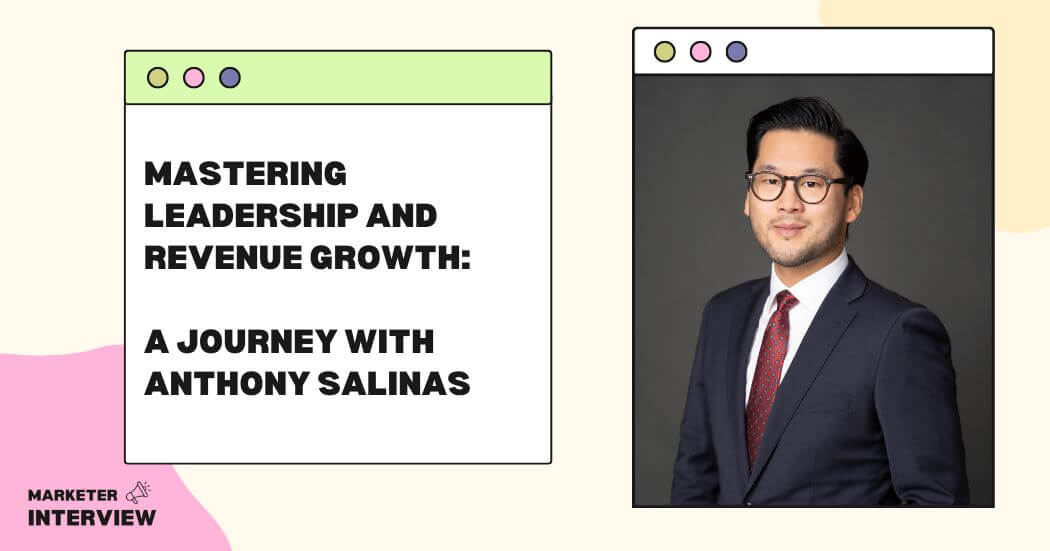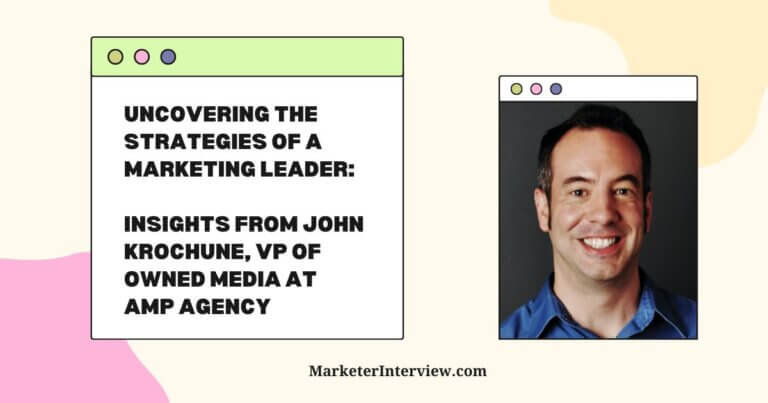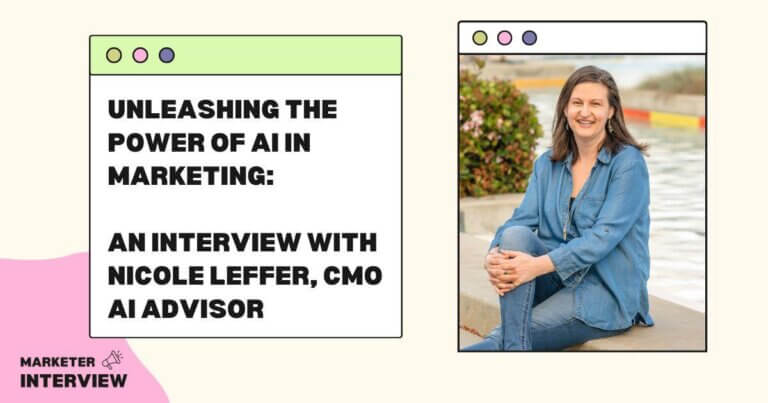Mastering Leadership and Revenue Growth: A Journey with Anthony Salinas
Welcome to Marketer Interview, where we connect with influential marketers making significant strides in the ever-evolving marketing landscape.
Today, we have the honor of speaking with Anthony Salinas, the Head of Marketing, Sales & Digital at The Conference Board of Canada, Canada’s leading independent applied research organization.
Anthony’s expertise in leadership and revenue optimization strategy has been instrumental in navigating his team through change and transformation.
From reimagining their brand, website, and product offerings to revamping critical business systems, Anthony’s journey exemplifies the power of perseverance and innovation.
Want to get quoted in MarketerInterview.com content? Apply to become a contributor today!
Contents
- 1 Your role as the Head of Marketing, Sales & Digital is unique. Could you share how you progressed in your career to assume such a multifaceted leadership position?
- 2 Leading your teams through a full tech-stack rebuild is no small feat. What key challenges did you encounter during this process, and how did they help you uncover valuable insights about your customers and products?
- 3 With your brand, website, subscription business, ERP, CRM, and MarTech undergoing reimagination or rebuilding, how do you ensure seamless coordination and alignment across these initiatives?
- 4 Revenue optimization is a critical goal for businesses. What innovative strategies have you implemented to drive revenue growth while delivering on your annual objectives?
- 5 As a leader, how do you foster a culture of innovation and continuous learning within your marketing and sales teams?
- 6 With the rise of remote work, how do you ensure effective team collaboration and communication?
- 7 Customer experience is a crucial aspect of revenue optimization. How do you prioritize customer-centricity and ensure your marketing strategies resonate with your target audience?
- 8 What advice do you have for aspiring marketing leaders looking to build successful careers in the digital age?
The foundation of my career is rooted in customer analytics and pricing.
In various analyst roles in industries from retail to aviation to numismatics, I have always worked alongside teams responsible for driving business performance. Whether it was determining demand and pricing schedules for an airline or optimizing media campaigns to drive acquisition at the Royal Canadian Mint, keys to the proverbial “data kingdom” were handed to me. I crunched, analyzed, and sifted through endless customer and transactional data to find insight and direction.
Over time, marketing and selling became increasingly digital, and in tandem, more of what businesses did in those spaces was being captured and tracked in databases, waiting to be analyzed. This movement broke down the division between analytics, marketing, sales, and digital.
As I looked to ascribe rationale and background to what I saw in the data, I found myself pulled deeply into the minutiae of marketing, sales, and e-commerce operations. If you want to influence results, performance, and outcomes, you must thoroughly understand what is happening throughout the customer journey.
Today, I work for Canada’s preeminent applied research organization, The Conference Board of Canada, leading a talented and diverse team of marketers, sales professionals, digital specialists, analysts, and designers with the broad mandate of connecting key stakeholders with quality, evidence-based research.
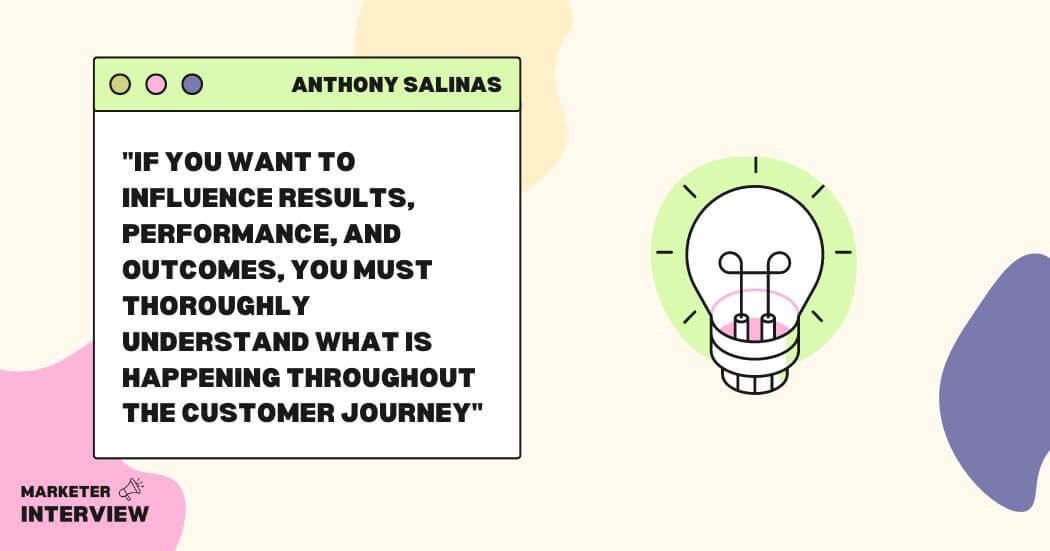
Leading your teams through a full tech-stack rebuild is no small feat. What key challenges did you encounter during this process, and how did they help you uncover valuable insights about your customers and products?
No small feat – that is a great way to put it. When replacing or introducing tools and solutions, we are all after simplicity, streamlining, and efficiency. But for every seamlessly designed user experience, numerous complex and well-thought-out things happen behind the scenes.
As far as challenges go, there are many. Getting aligned internally on business requirements and priorities, finding the right partners to work with, integrating with legacy systems, designing new data flows, nailing change management processes – the list goes on.
Through these challenges, however, there is a silver lining. It forces you to take stock of your data – what you have and don’t. More often than not, you will find something useful about your customers, products, or processes.
With your brand, website, subscription business, ERP, CRM, and MarTech undergoing reimagination or rebuilding, how do you ensure seamless coordination and alignment across these initiatives?
Here are a few things I find essential when planning to face a complex and multi-faceted implementation:
Have a north star.
You need a certain amount of energy from those involved in the project to execute effectively. Those responsible for delivering must have sound reasons behind the changes and, notably, a clear image of the desired future state. Spend the time to paint the picture – imagine what could be.
Focus on design.
Time spent on design should increase alongside complexity. You may have many systems that require integration, disparate and unclean data sets that need to be accounted for, and new functionality that requires new internal processes. The fact is: If you have a well-thought-out design that accounts for all of your requirements, it paves the path for execution.
Leverage internal talent.
You must ensure you have a mix of internal talent with the right amount of institutional knowledge of your business, tools, and processes.
External vendors can bring expertise around tools and solutions and additional horsepower to speed up a project. Still, your internal teams are the only ones with intimate knowledge about your business and requirements.
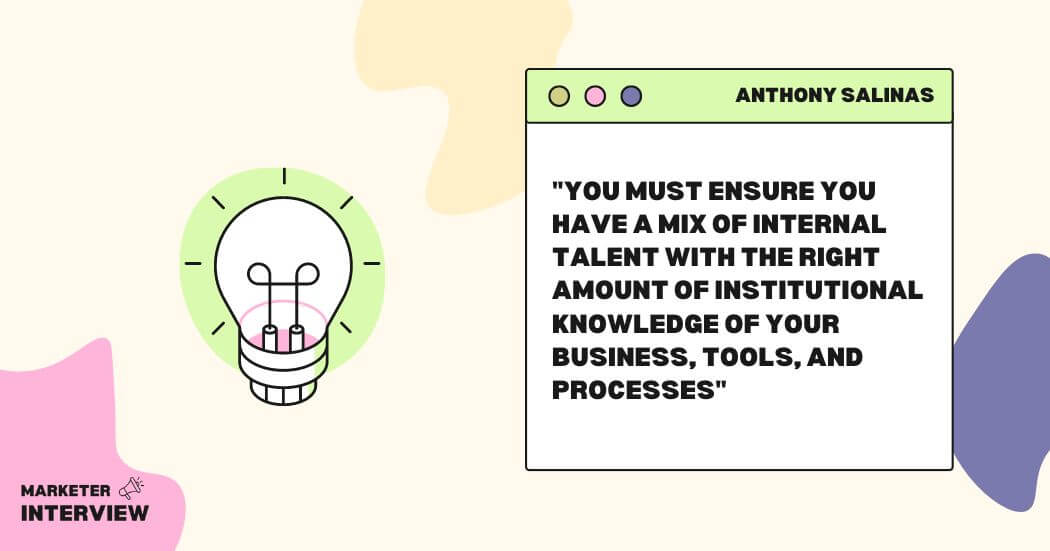
Revenue optimization is a critical goal for businesses. What innovative strategies have you implemented to drive revenue growth while delivering on your annual objectives?
While innovation is important, a big part of revenue optimization is rooted in “ongoing fundamentals.”
Ongoing fundamentals are the upkeep and evolution of all the practices that build a sound revenue optimization strategy – meaningful customer segmentation, pricing optimization, discount and promotional frameworks, demand forecasting, competitor scans and analysis, and channel distribution. The market, your customers, and your competition are constantly changing. What you are doing to optimize your organization’s revenue must also evolve.
In terms of innovative strategies to drive revenue growth, there are a couple of examples that I can share. In my early career, I was fortunate to help launch an airline’s first revenue management program. Innovation in this example is relative: For a company with a perishable product (passenger and cargo flights), instituting a revenue management program was game-changing.
We pulled apart our transactional and customer data. We identified insights across various areas to help define the rules behind our booking algorithm – advance purchase patterns, booking seasonality, overbooking trends, discount thresholds, etc. We also designed a revenue management monitoring hub to give us a complete line of sight into live passenger and cargo loads, competitor pricing and promotions, and pricing variances from our call center. Ultimately, the program continued to drive significant returns for the airline, leaving everyone asking why we didn’t do it sooner.
The following example comes from my time at the Royal Canadian Mint. At the time, the Mint was in full planning mode for Canada 150 – an important milestone for Canada. The Mint was prepared to put a significant budget behind marketing and promoting all related products.
To celebrate and promote this milestone at mass, various agencies pitched various media plans involving digital and offline tactics. Our partners were able to commit to giving robust plans around reporting and ROI figures on digital tactics. Still, there was less certainty when pushed to give ROI expectations around offline media, like television, radio, etc.
To ensure we were spending our media dollars effectively, we developed an in-house attribution model that accounted for both online and offline tactics. The model was built off a set of assumptions and rules to start. Behind the scenes, there was much more complexity around the model’s rules. Still, purchases that came into contact with multiple tactics in the customer journey awarded each tactic with a certain weight. That weighting system allowed us to divvy the purchase amount meaningfully, attributing various percentages of each purchase to the appropriate tactic. And importantly, the assumptions were tweaked as new learnings came in.
During the campaign, we learned a lot. Specifically, we got much smarter in understanding how online and offline tactics worked together.
Intuitively and on the surface, the concept of integrated marketing campaigns makes sense – but quantifying things like how TV ad boosts organic search and direct traffic or how particular print ads can influence purchase pressure on specific products gave us a deeper understanding of our levers and helped us truly optimize.
Ultimately, the Canada 150 campaign was a roaring success that exceeded targets and broke customer acquisition records. The Mint still uses and continues to refine this media attribution model.
As a leader, how do you foster a culture of innovation and continuous learning within your marketing and sales teams?
I am fortunate to be surrounded by countless bright and curious minds at The Conference Board of Canada.
We have some of the most accomplished researchers in the country and marketers, designers, and sales folk who are committed and bought into our mission. For this organization and my teams, innovation and continuous learning aren’t privileges but expectations.
Start at the top. We bake learning and development (L&D) directly into organizational and individual objectives. We have time codes dedicated to L&D and have associated targets.
For my teams directly, I bake calculated risks into our business plans and objectives as often as possible. “Risk” represents anything you haven’t done before and can come in the form of things like setting a subscriber retention target higher than we ever have experienced, pushing the Sales team to support a new line of business, setting a Marketing target for qualified leads to an unprecedented volume, reducing content production time to a new low, etc.
Making your goal something you have never done before forces innovation. You have to do things differently. And I say “calculated” because we go through a “fill the gap” exercise for every stretch goal we set. We identify new tactics, processes, or ideas to bridge us from what we know (historical performance) to where we want to go (that stretch goal).
With the rise of remote work, how do you ensure effective team collaboration and communication?
Like many organizations, we shut down our physical office at the onset of COVID-19 and transitioned to remote work. We instituted daily organization-wide huddles at the start, which eventually became weekly.
Communicating information and changes during that time of uncertainty was important. As the months passed, IT installed new productivity solutions and cranked up security. Teams found new processes, and businesses continued to operate effectively.
Perhaps different from other organizations, we committed to staying a virtual-first organization for the long term and sold our physical commercial building. Ensuring effective collaboration and communication was top of mind – here’s what worked for us.
- The right tools – Teams/Zoom/Slack/. We needed to open communication lines. Workfront/Trello/Asana/etc. We needed to set up workflows and bring visibility to what needed to be done and who needed to do it. Sharepoint/Dropbox/Google Drive/etc. We needed a playground to store, manage, and share documents and collaborate within that space and in those documents.
- Team culture and norms – about team culture, we made efforts to celebrate as many wins as possible, big or small, individual or team-driven. Staff started meeting for virtual coffee and lunches, and virtual social clubs started popping up. Concerning norms, we tried to over-communicate, to be on camera for meetings, to pre-send meeting materials, draft agendas, and communicate takeaways/action items following meetings.
- Process design – we started to document and socialize processes across the organization. We moved to more project-type workflows and ensured that effective cross-functional teams were put together to drive the desired outcomes.
Customer experience is a crucial aspect of revenue optimization. How do you prioritize customer-centricity and ensure your marketing strategies resonate with your target audience?
I feel fortunate to say that if you sat through one of my larger team meetings, with representation from digital, marketing, sales, analytics, design, and retention, you’d quickly be able to pick up that everyone cares about delivering a smooth and meaningful customer experience.
The customer experience is that overlapping section of the Venn diagram for all of these teams – customers drive the activities and behaviors that lead to the performance outcomes that teams are measured on. As such, there is an intrinsic incentive to lay out, plan, and define the customer experience as one.
The challenges I see come in the form of iteration – how do we choose what needs to change in our customer experience on an ongoing basis?
To start, we listen as much as possible. We’ve established “listening posts” across many interaction points. We work to evolve our voice-of-customer program, have a long history of monitoring NPS, and host close-out interviews for larger projects.
We also analyze customer data across our website, email programs, and sales funnel, to name a few. Bringing all this information together helps us get a line of sight into precisely what we’re doing to our customers.
Inevitably, we will find instances where positive or negative outcomes occur outside of what we anticipated. The team will dig into the drivers, and ultimately we will do more of what helps and less of what hinders.
What advice do you have for aspiring marketing leaders looking to build successful careers in the digital age?
Stay curious. Keep asking why. Understand how things work. This in itself is a skill that will help you contribute and impact in any circumstance.
Find a mentor – or two – or three. A good mentor is like a good dataset – both can help identify and explain the factors that led to an outcome.
